Digital
Jessica Micallef 2 Tangible Interaction
-
Tauira / Student
Jessica Micallef -
Kaiako / Lecturers
Anthony Pelosi, Tane Moleta
-
School
Victoria University of Wellington, School of Architecture
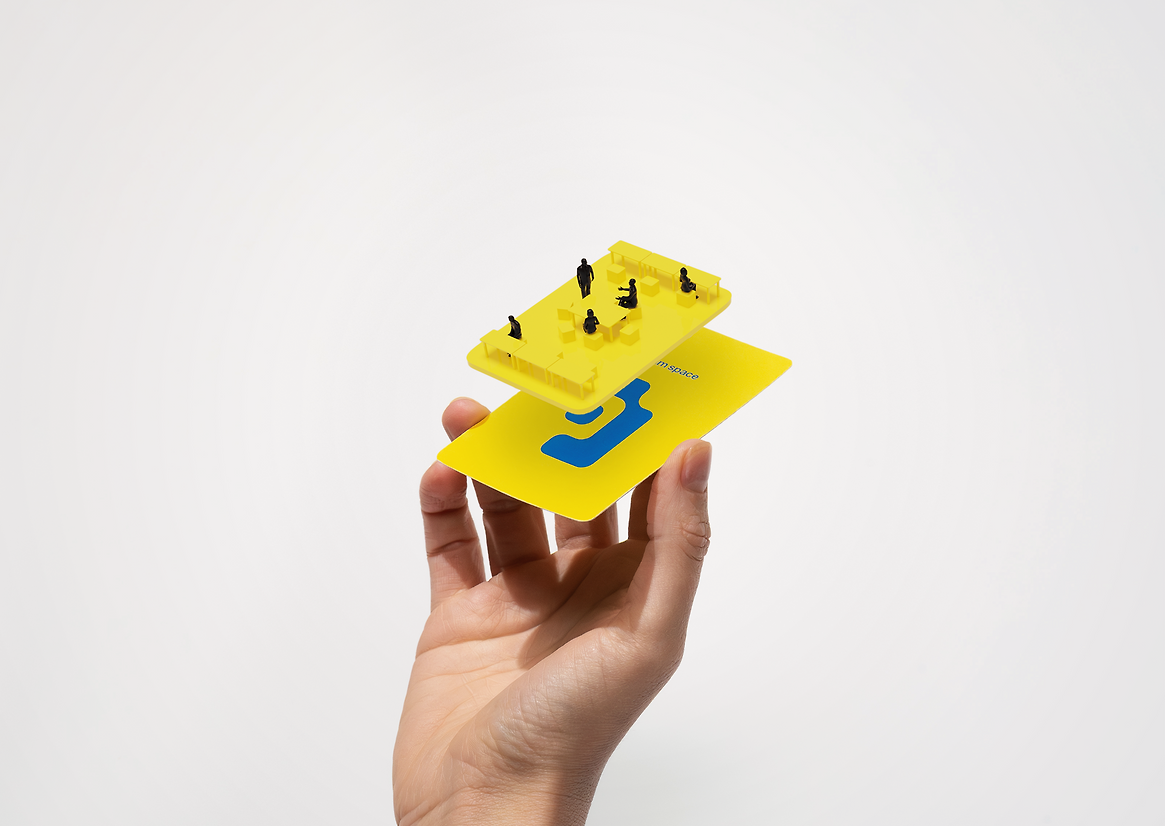
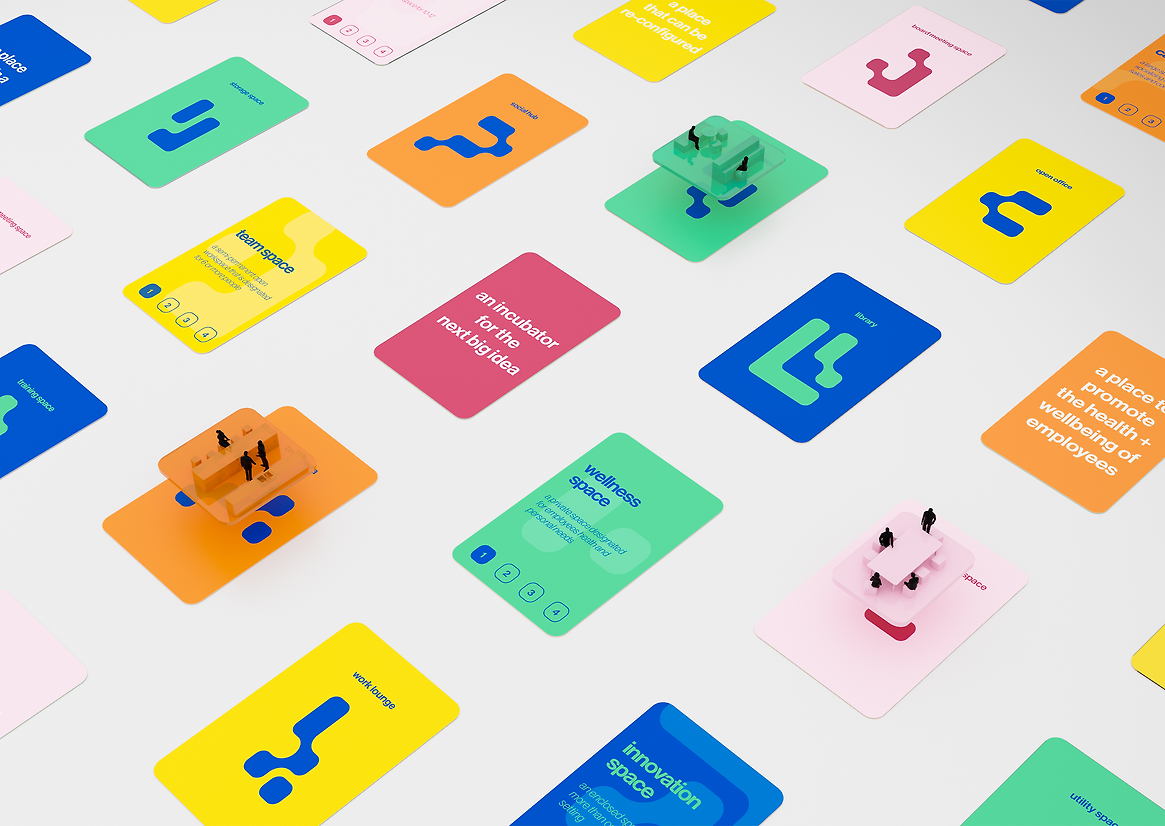
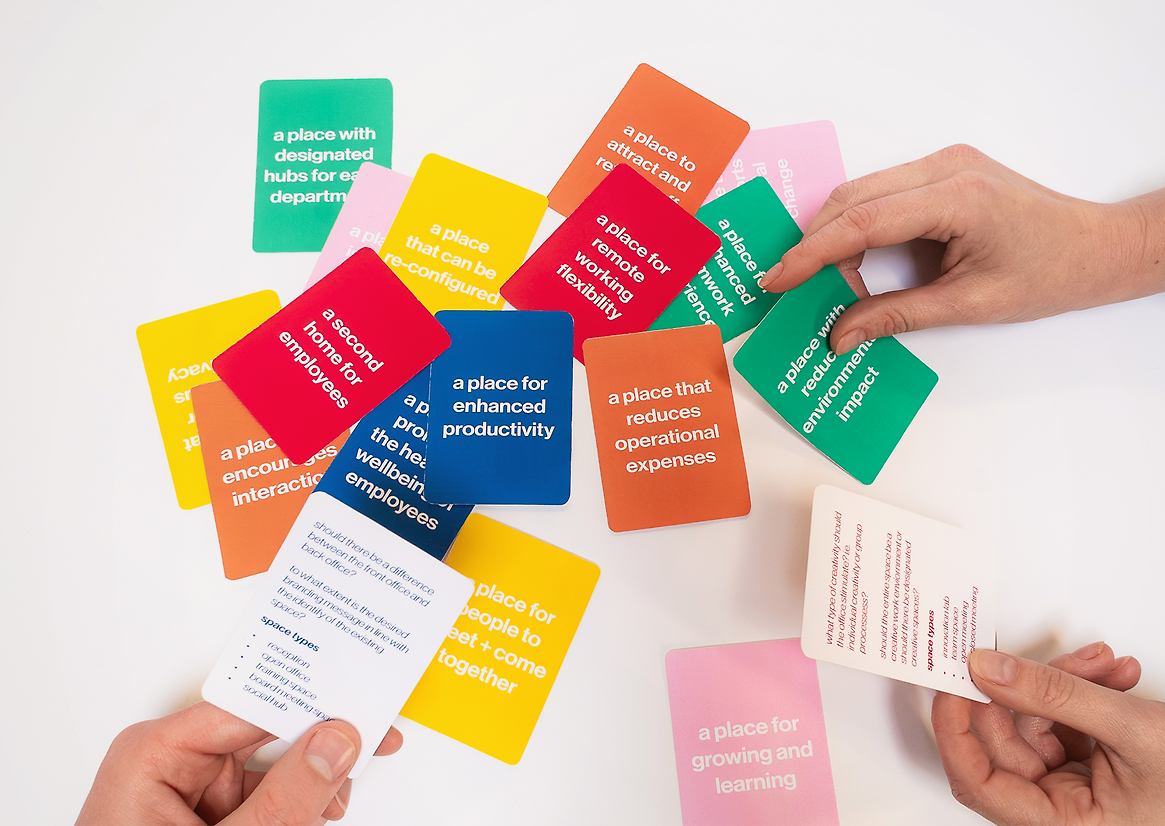
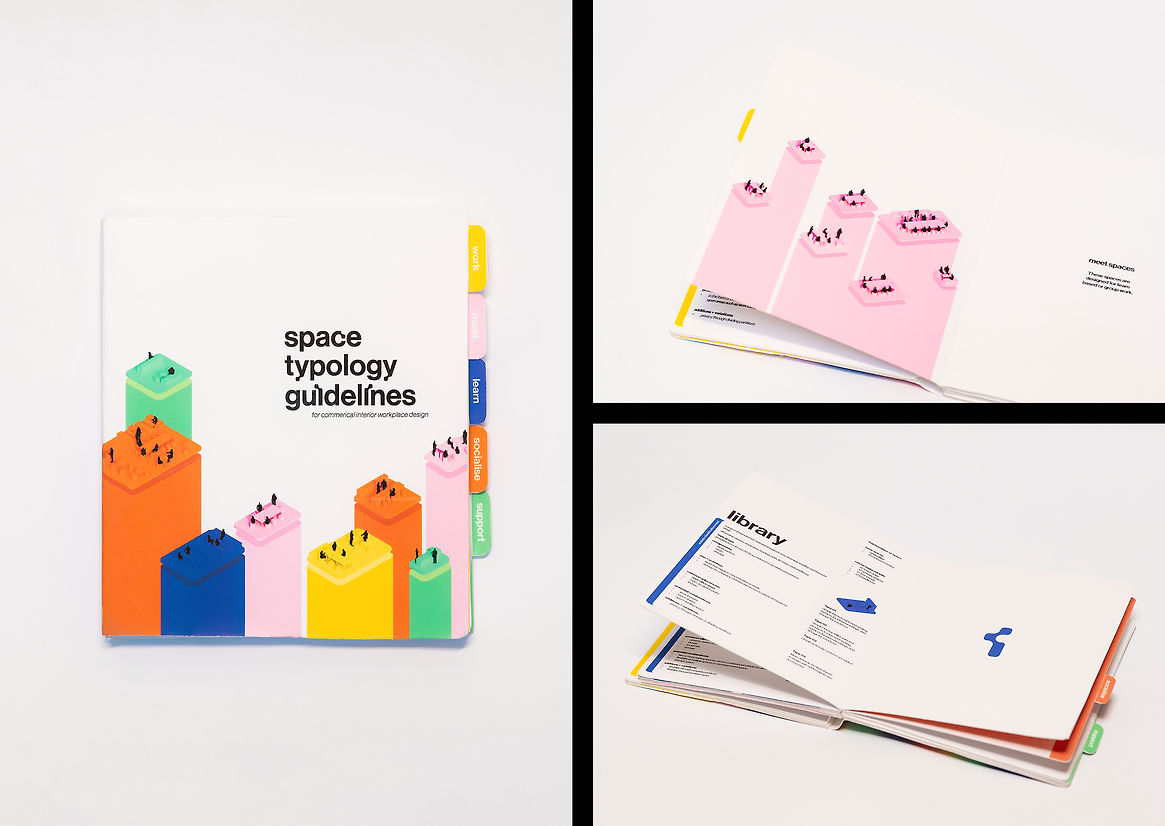
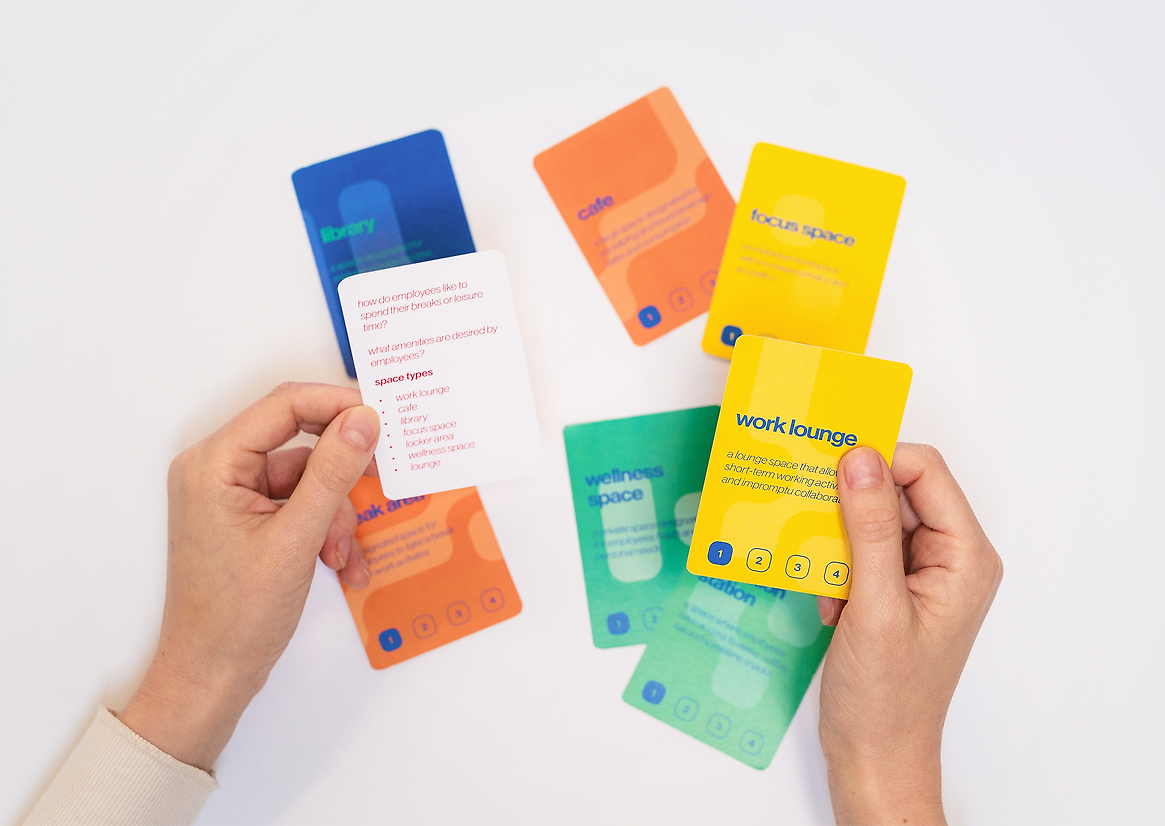
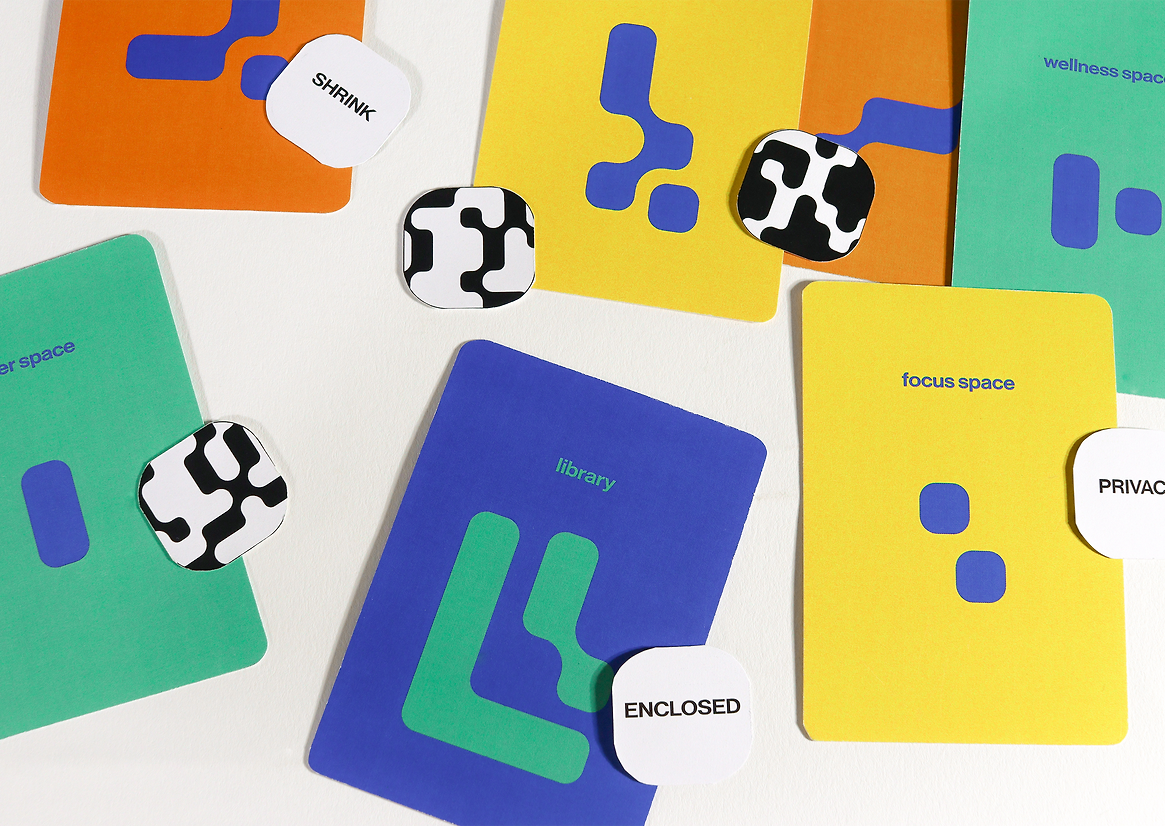
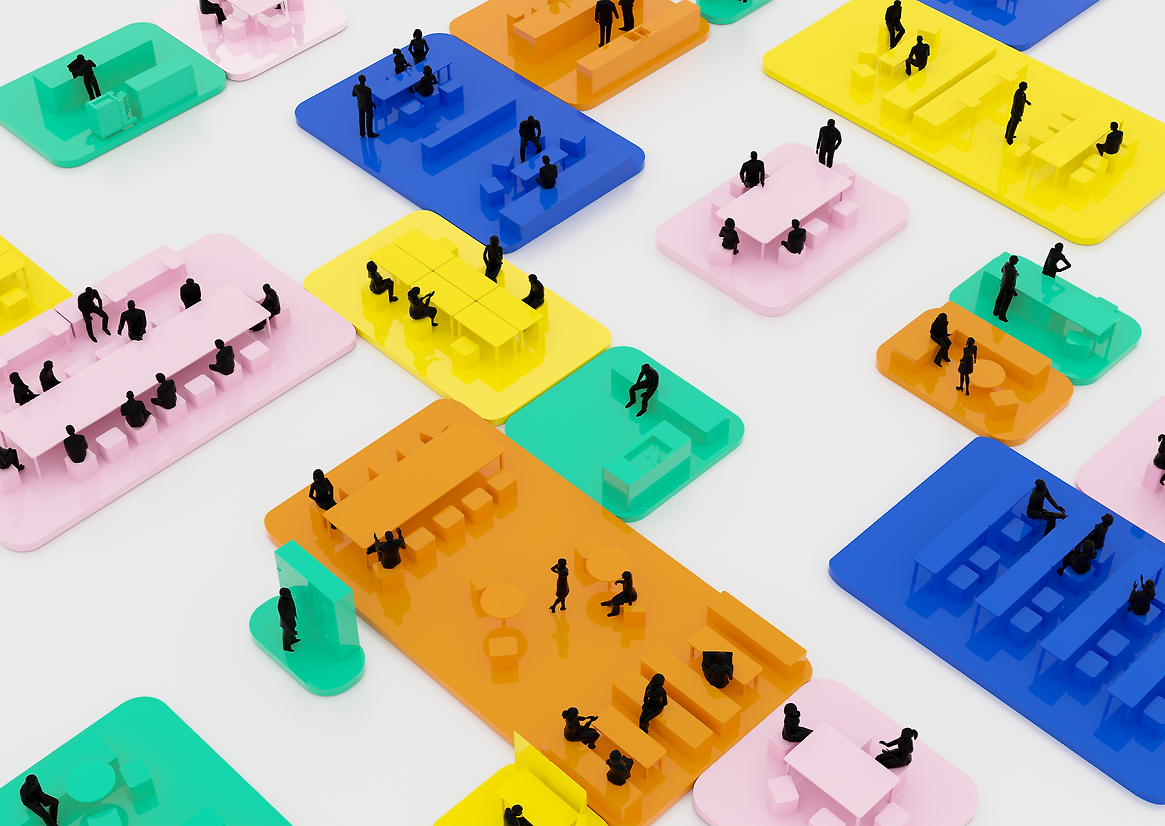
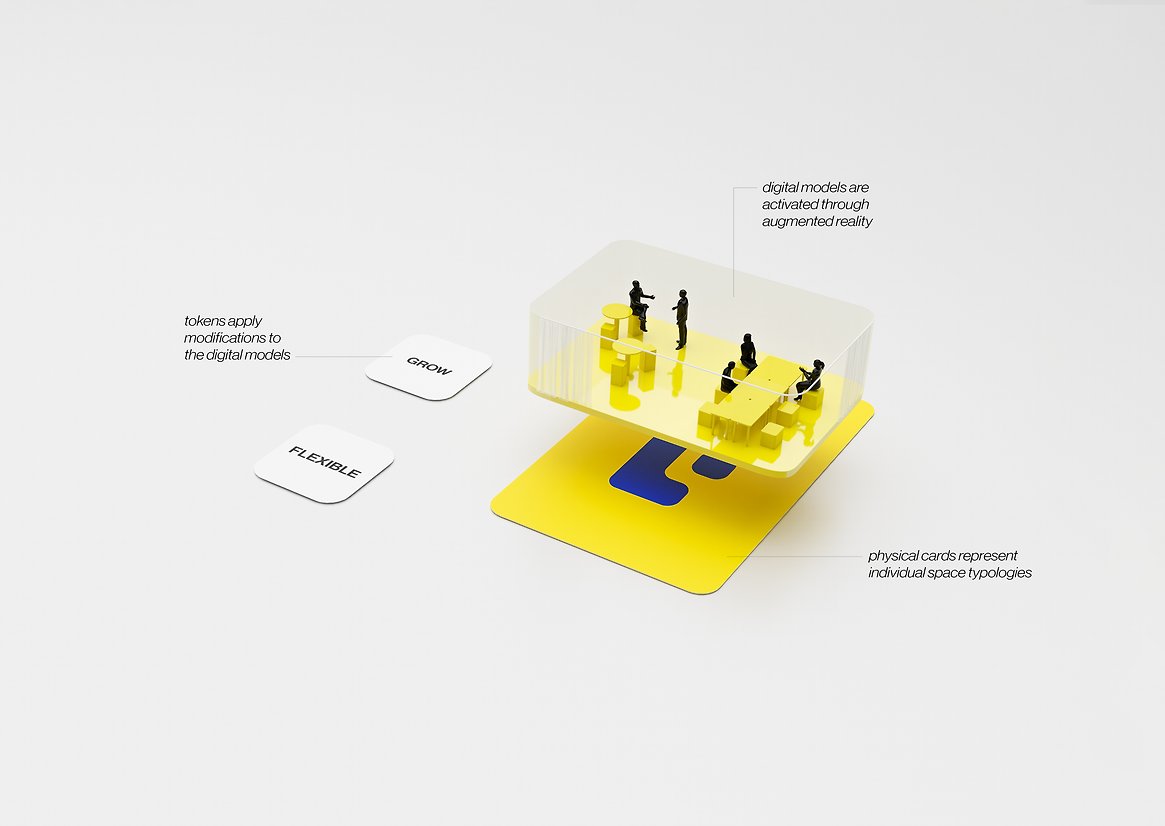
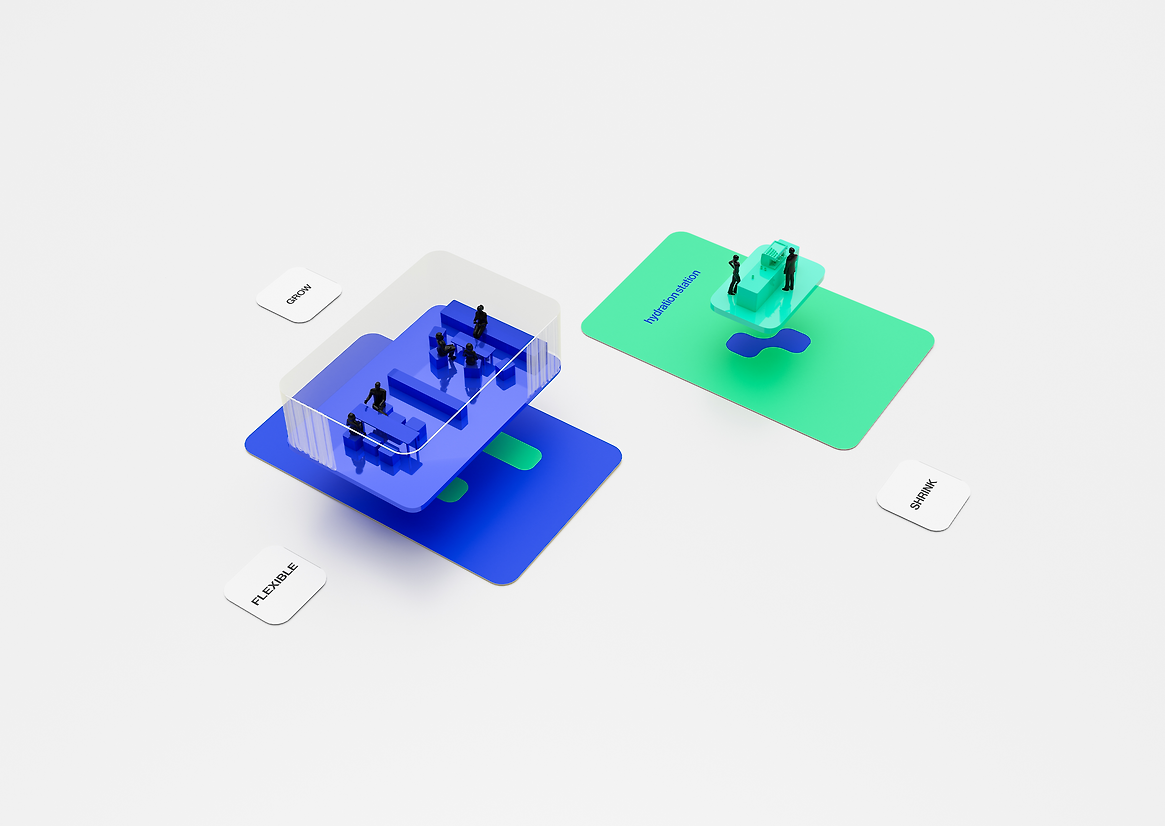
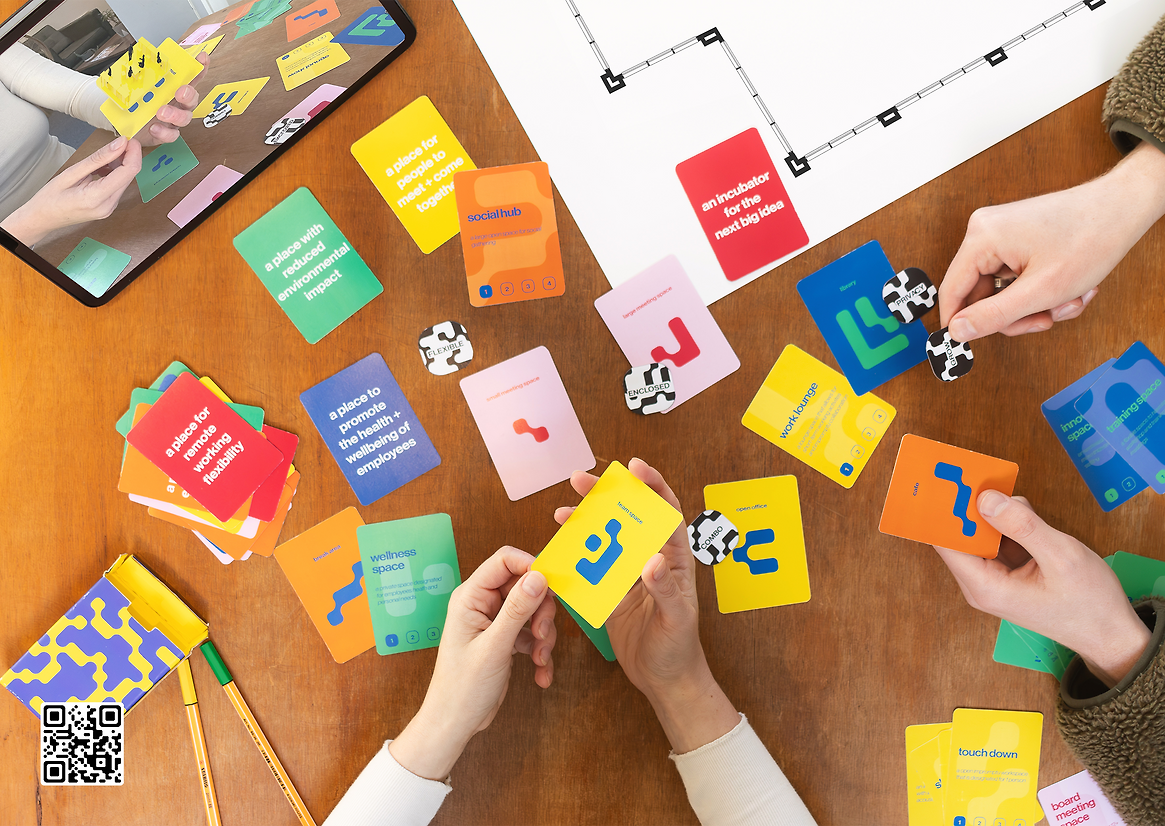
Description:
Imagine an interior designer inviting their client to a workplace strategy workshop to uncover the desired user experience of a new space. Sitting around a table, the designer pulls out a deck of cards and initiates a sequence that prompts discussions around project drivers and interior space types. As the client engages with these cards, augmented reality (AR) visuals come to life on a screen, allowing for an immersive exploration of different spaces. Tokens enable the client to manipulate models, fostering interactive discussions about modifications to those spaces. This hands-on experience helps clients grasp the spatial qualities they require while providing the designer with a clear direction for space budgeting and initial floor planning.
Amid the rapid digitisation of the architectural design process, this project conceptualises a new collaborative interaction during the early stages of strategic design, particularly within commercial interior architecture. Recognising that technological advancements offer immense potential for enhancing understanding and interaction, this project introduces a new type of workflow that leverages AR to bridge the gap between designers' and clients' perceptions of spatial qualities.
Within interior architecture workflows, the projects' development combines strategic research methodologies and building information modelling (BIM) processes to integrate this tool into existing industry standard practices. The tool comprises a comprehensive deck of project driver and space typology cards, which act as interfaces for AR visualisation using target image recognition. Interactive tokens allow the user to investigate scale, flexibility, privacy levels, and combinations of spaces, fostering an engaging exploration of spatial attributes.
This concept contributes to the broader discourse on integrating digital tools into the architecture, engineering and construction (AEC) industry. It proposes a new method for client-designer interaction that hopes to catalyse further innovation and adoption of similar technologies. It aspires to inspire the next designer eager to push the boundaries of traditional design processes and leverage the increasing technologies that are accessible to us. By harnessing the power of AR and tangible user interfaces, this project offers a transformative approach that could elevate interior architecture practice and set new standards for client-designer engagement.
To see the tool in action, scan the QR code on the last image for a demo.
Judge's comments:
An ingenious use of design thinning and co-design to solve a difficult and very real problem. Could be implemented tomorrow and be helpful to people.